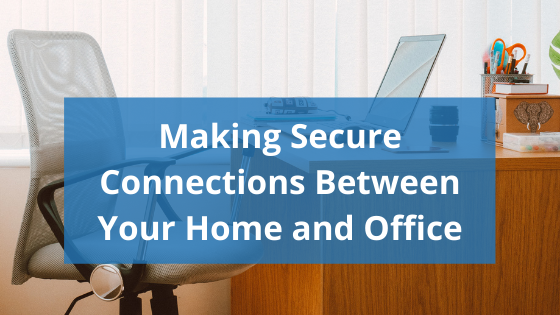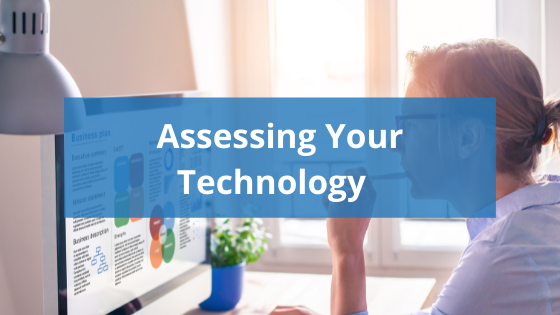When many workplaces went remote in 2020 the change was rushed, and companies didn’t have the time to properly implement work from home strategies. Unless your company had a detailed work from home policy already in place, it is likely that there are some security components you’re missing. Here are some easy things you can do to make sure your workplace is secure in the office and remotely.
Using VPN
Remote employees should only access company information through a VPN. Even home networks can be vulnerable, and using a VPN will increase data privacy while accessing information remotely.
Require 2FA
Two-factor authentication, or 2FA, is an easy way to up the security on your accounts. It requires that login attempts need a password as well as a secondary authentication, like a text message, email, or app notification requiring approval.
Regular Security Training
Every employee should have regular security training so they can act as the first line of defense against cyber-attacks. They should be aware of password and device policies, and they should be able to recognize and deal with phishing attacks.
Create Device Policies
When companies first went remote, not every organization was set up with laptops for every employee to take with them. This leads to many remote employees working off personal devices, which increases data security risks. Since most people don’t have antivirus, firewalls, and automated backups on their personal computers, there is a lot that can go wrong when employees work on non-company devices. Create policies around using company devices and make sure your staff is equipped with the tools they need to work securely.
Remote and hybrid workplaces are going to be more common than ever going forward. It is essential that every organization is prepared to have a full or partially remote workforce even as restrictions are lifted and offices open back up. Whether you’re making your work from home policies more flexible, arranging for hybrid schedules, or staying fully remote, you should maintain strong security standards.





Leave a Reply